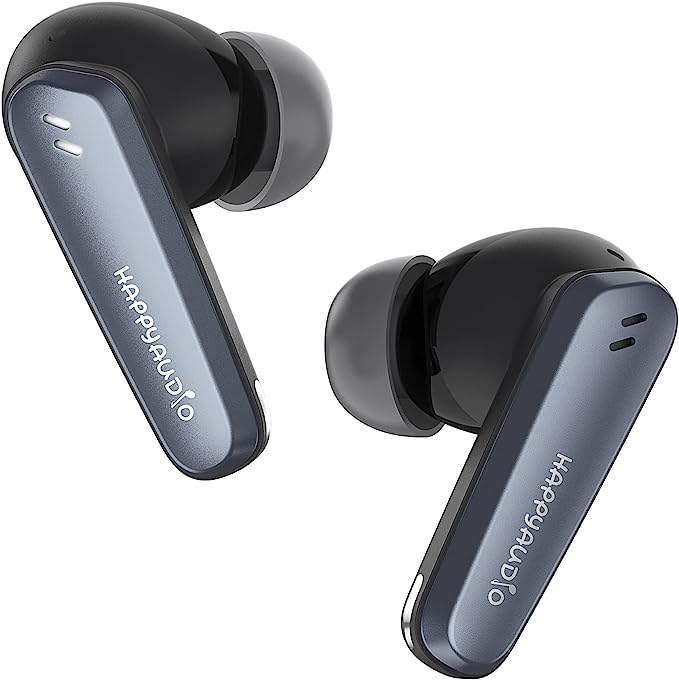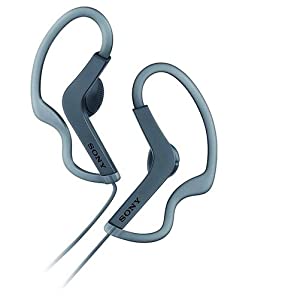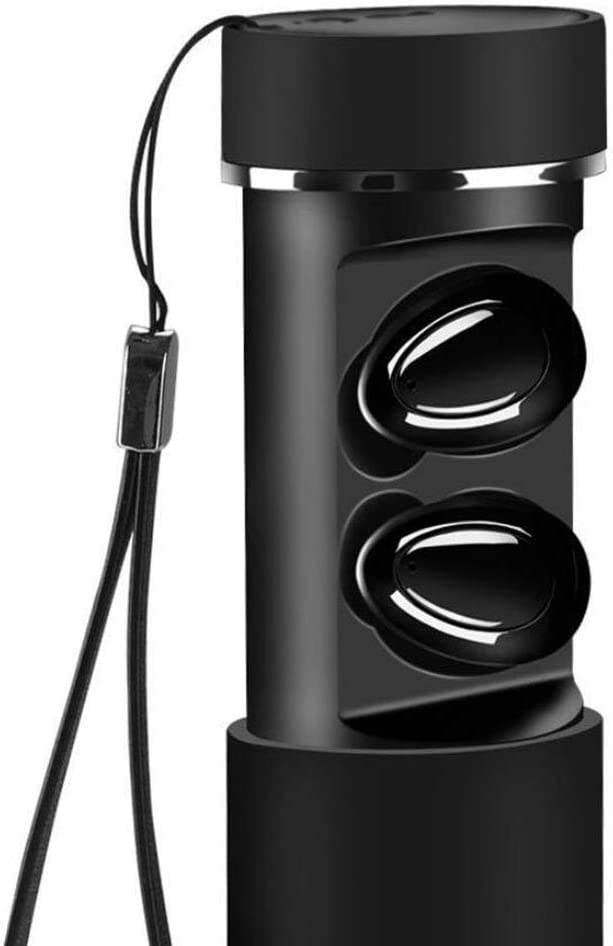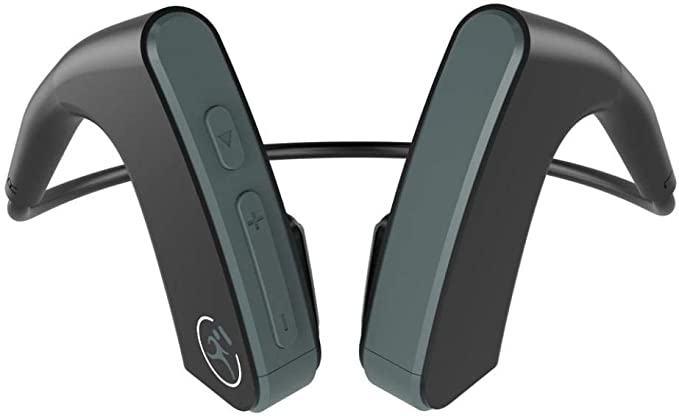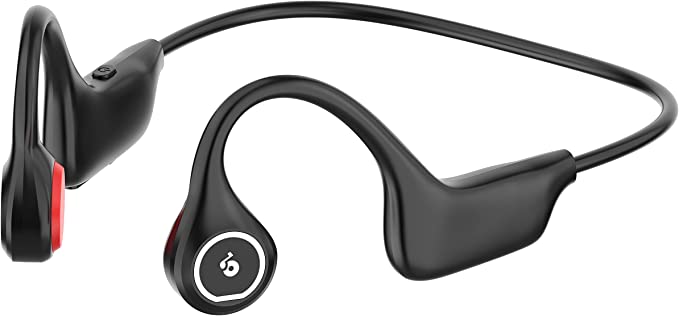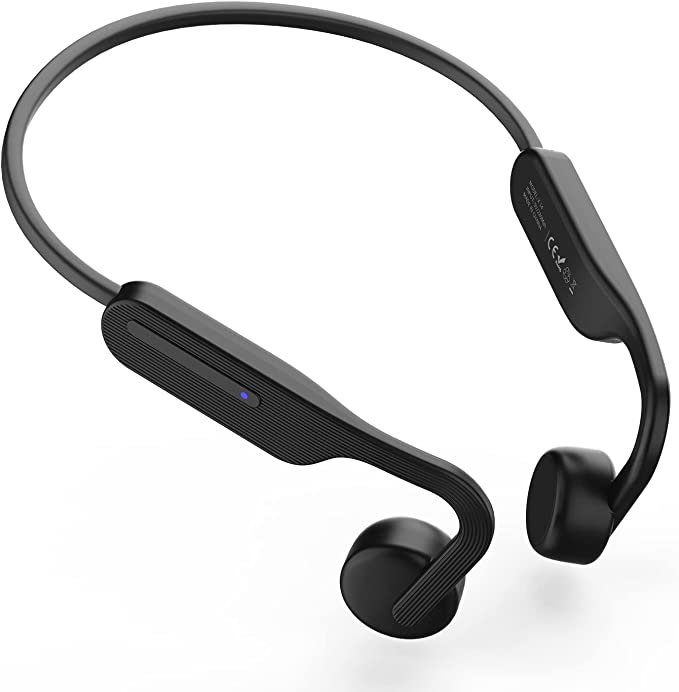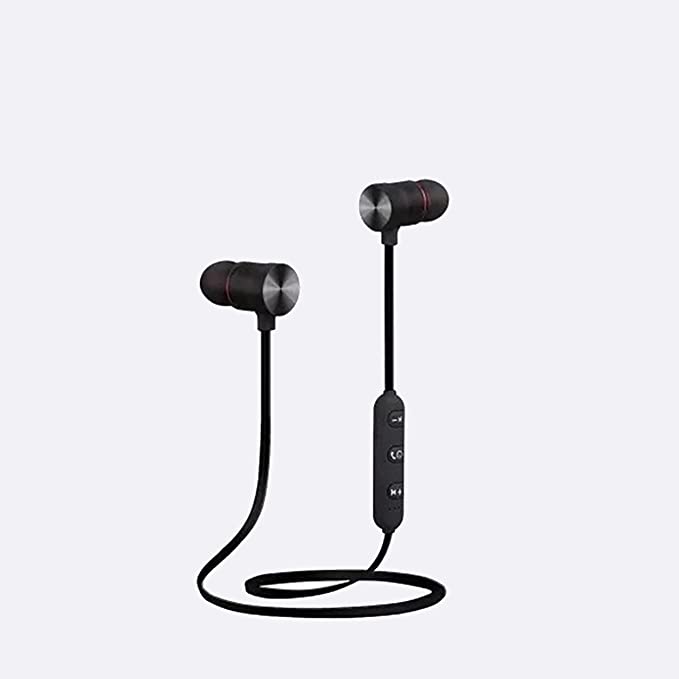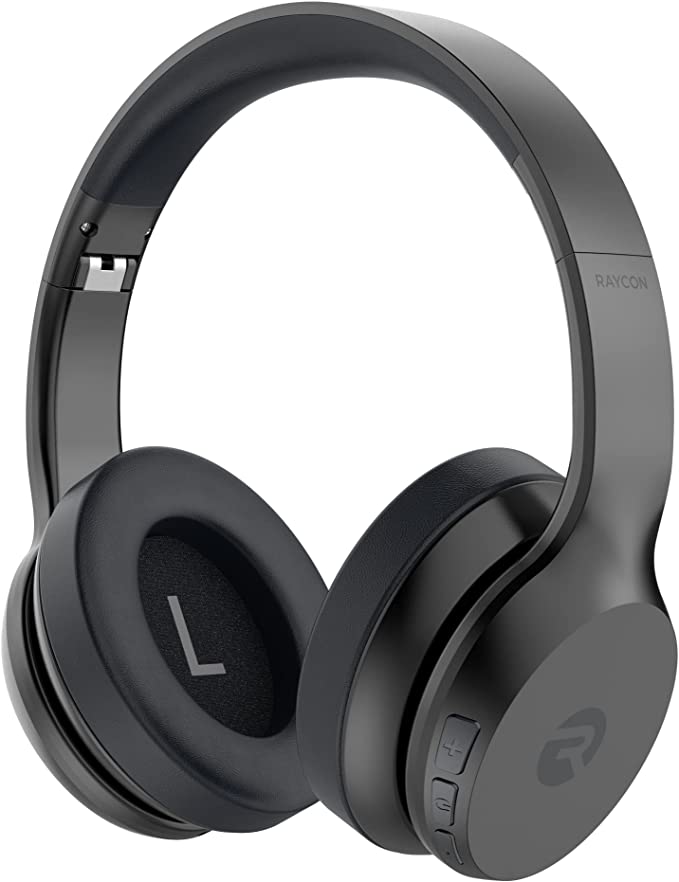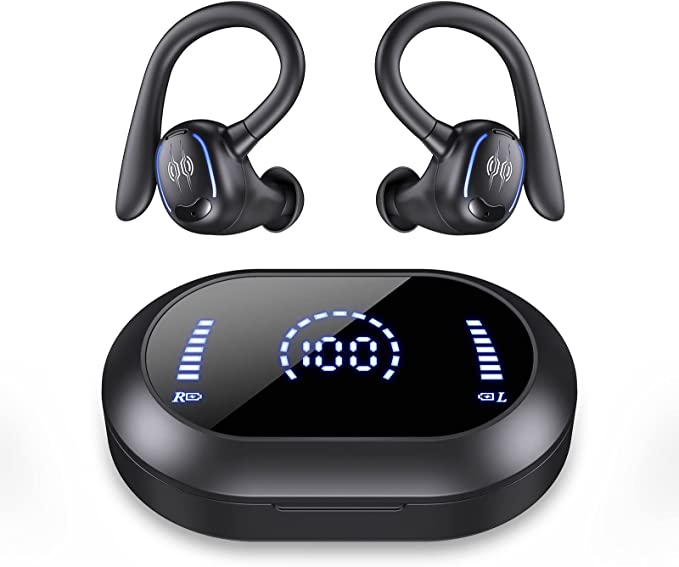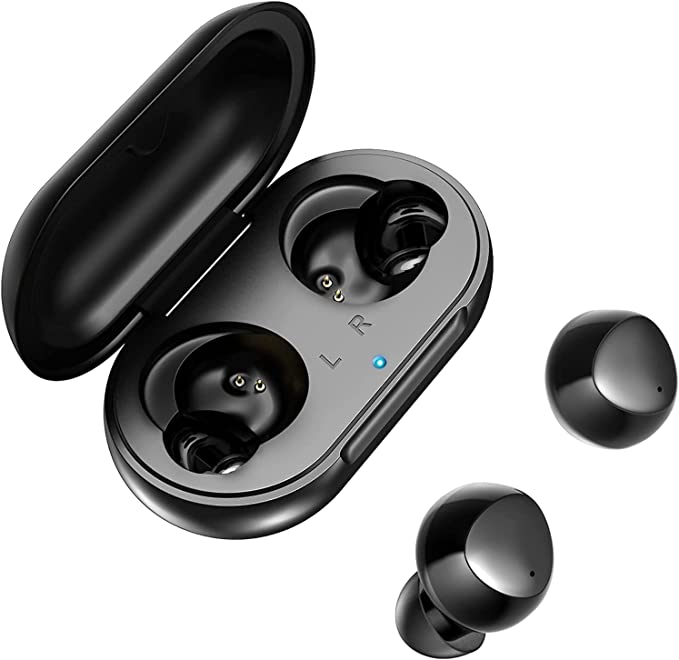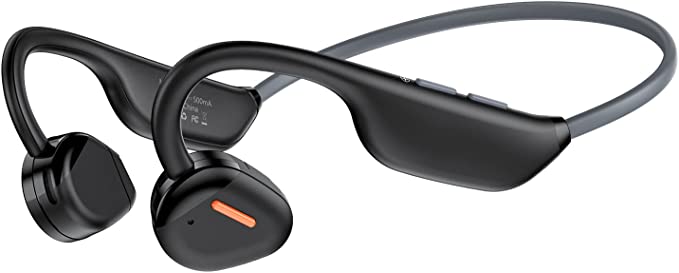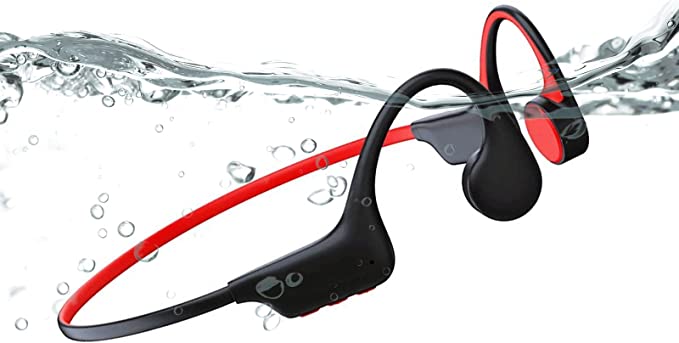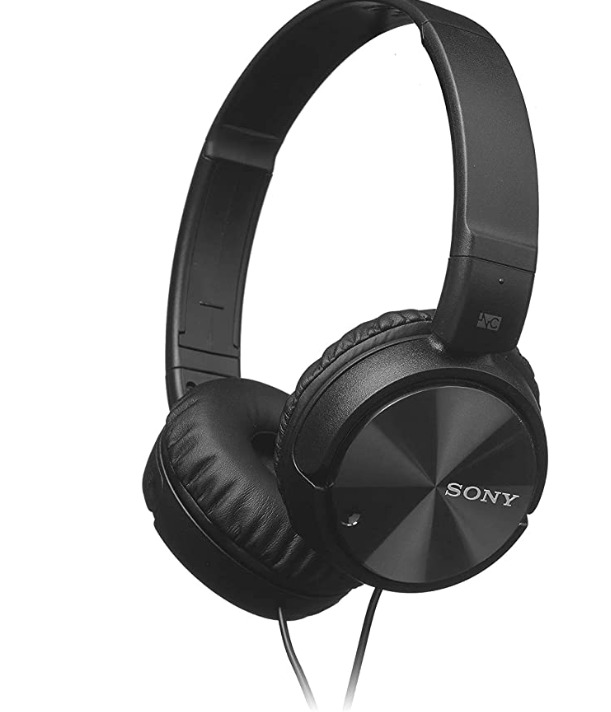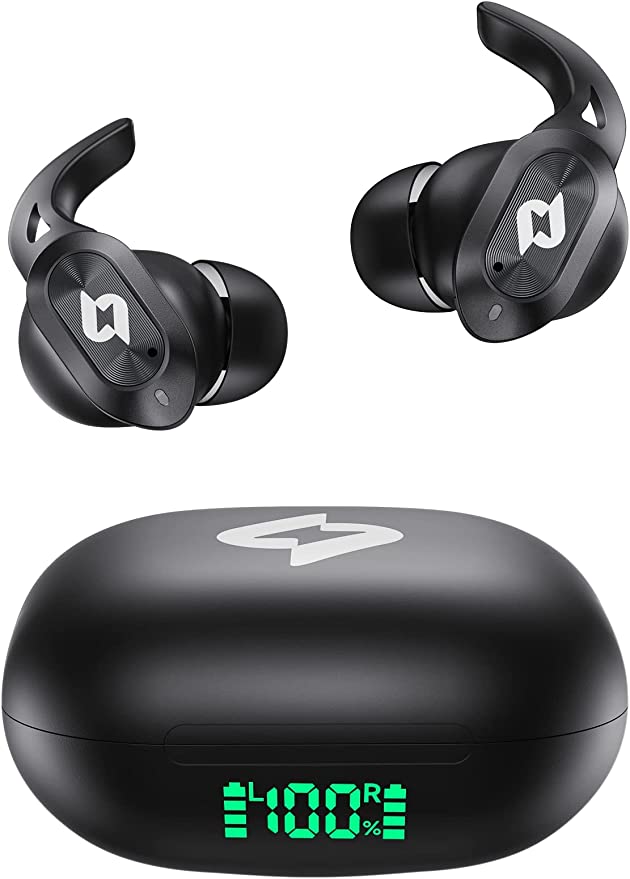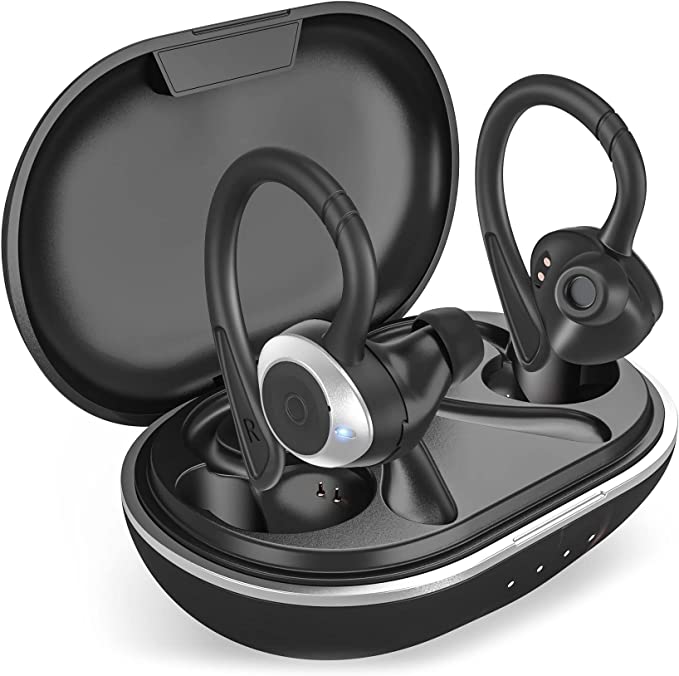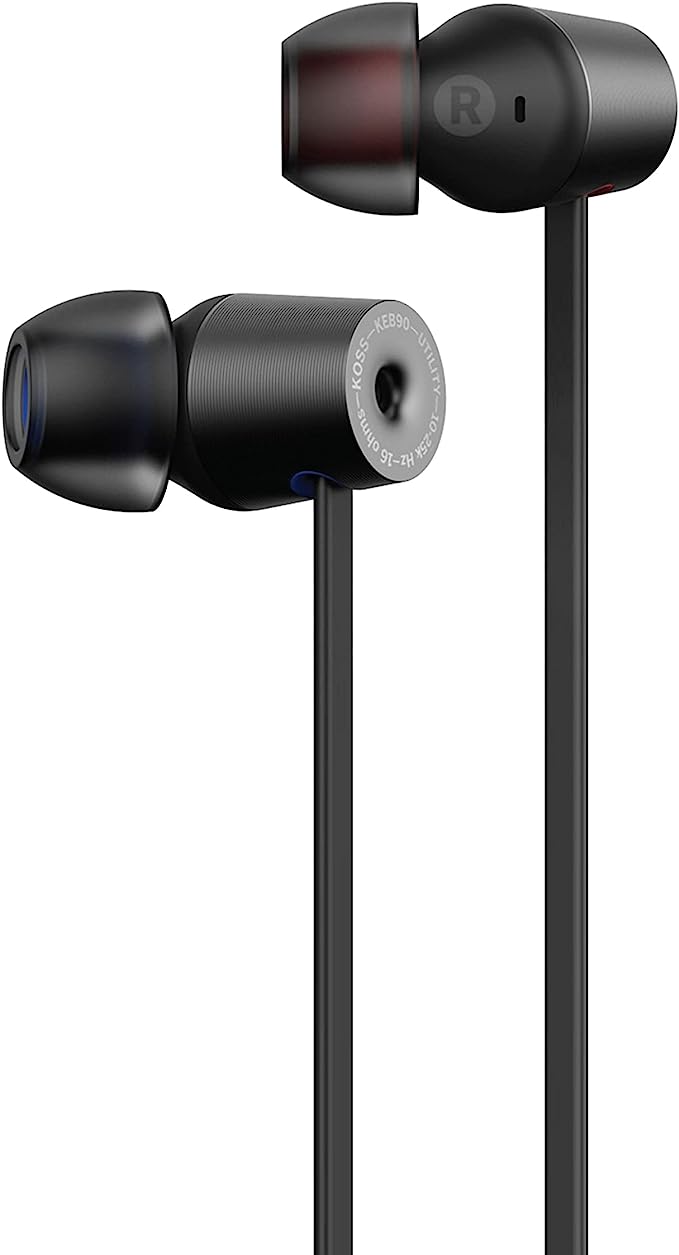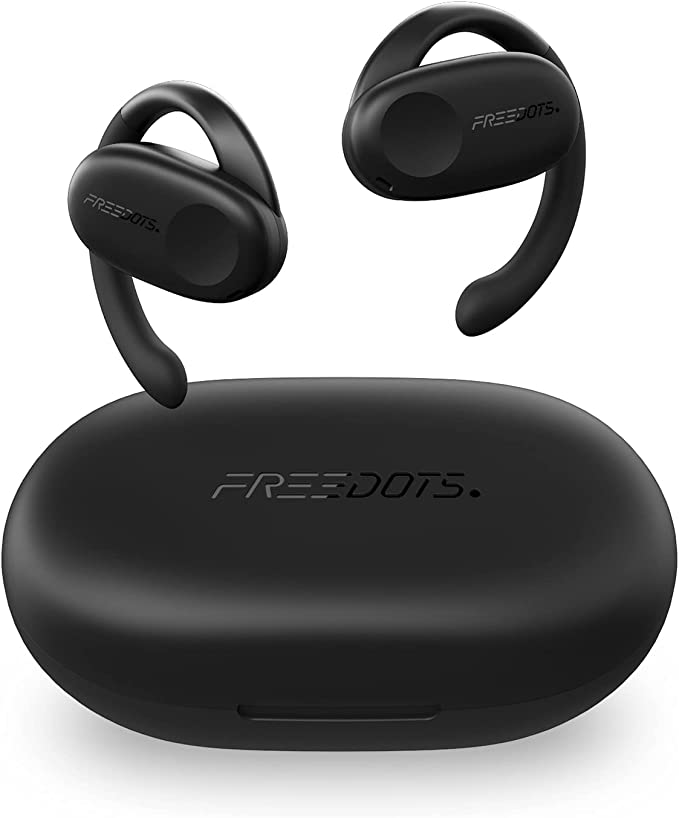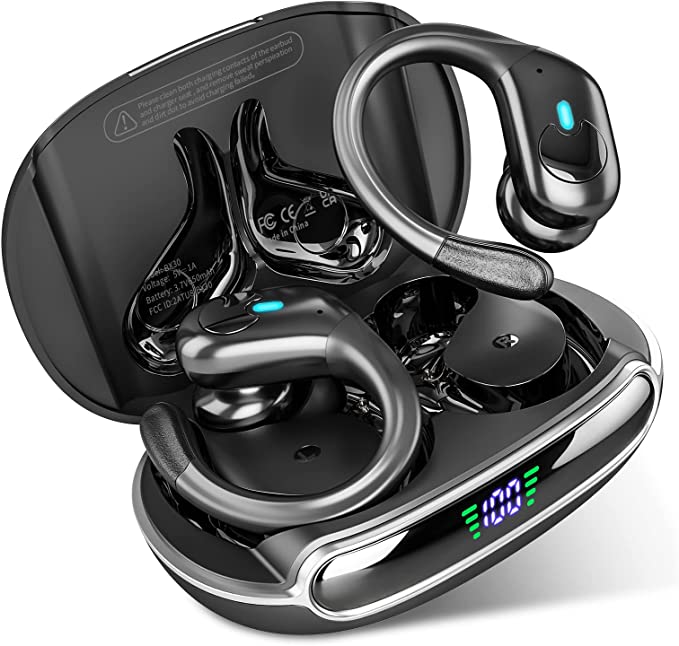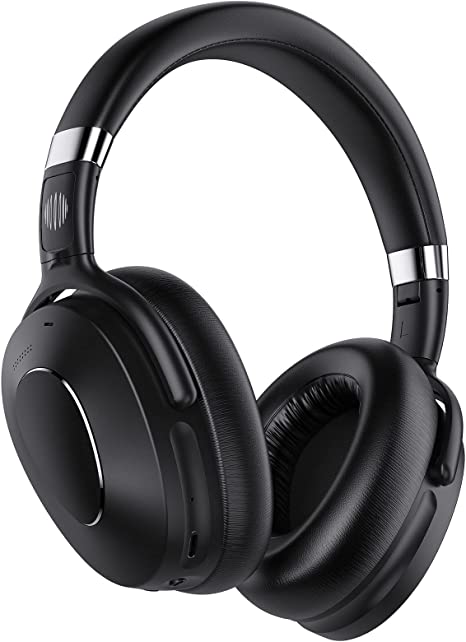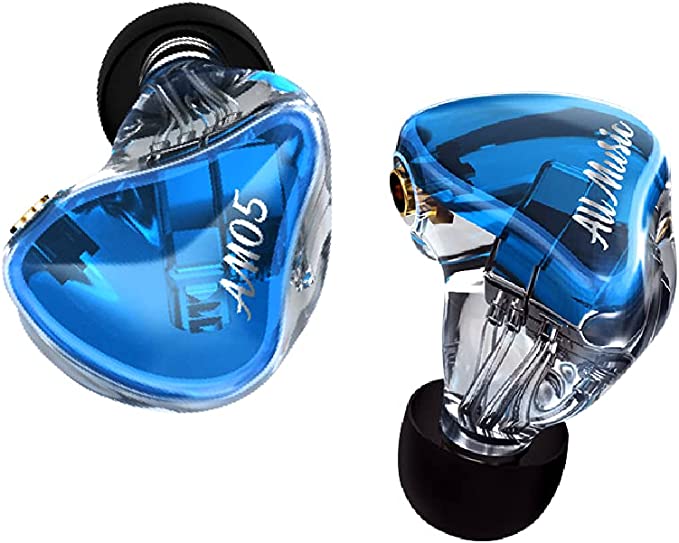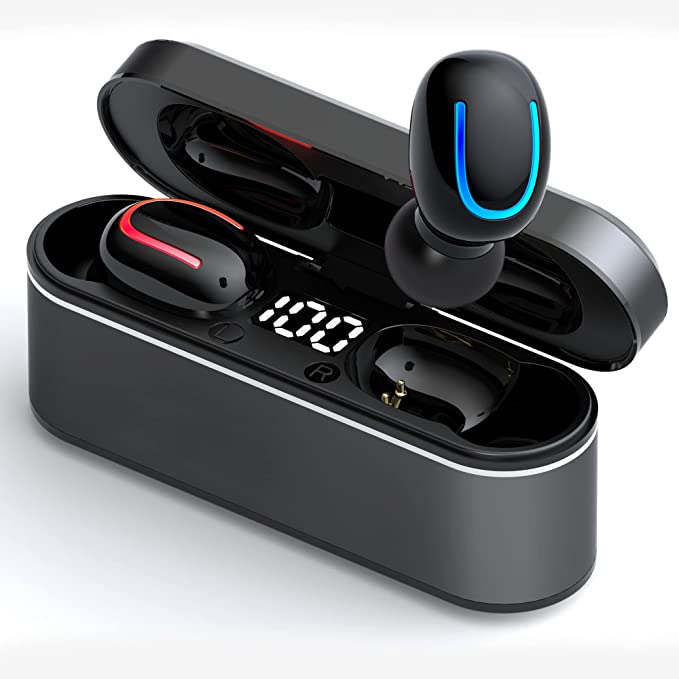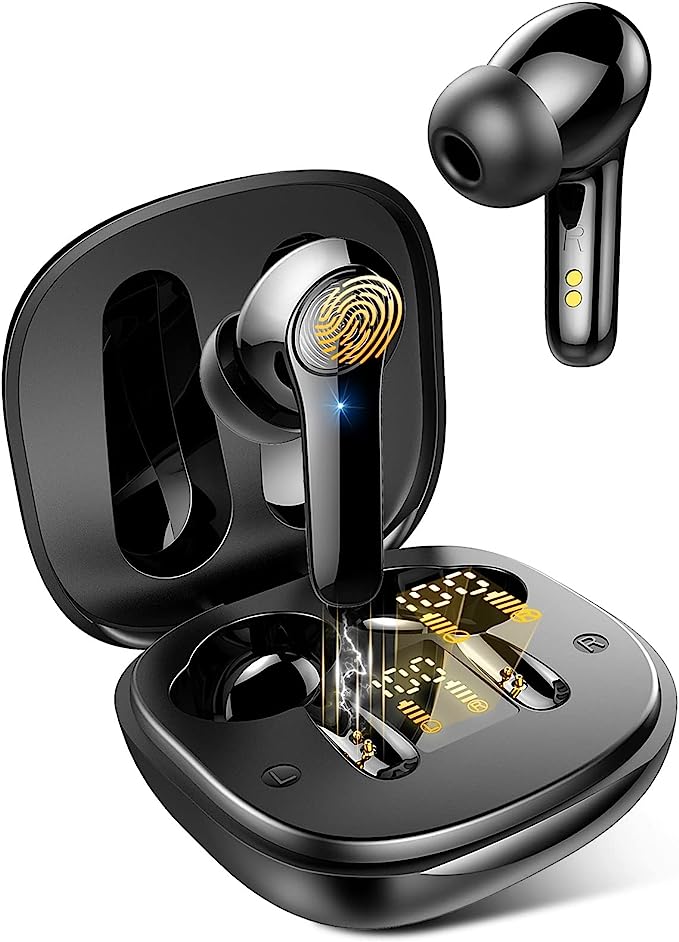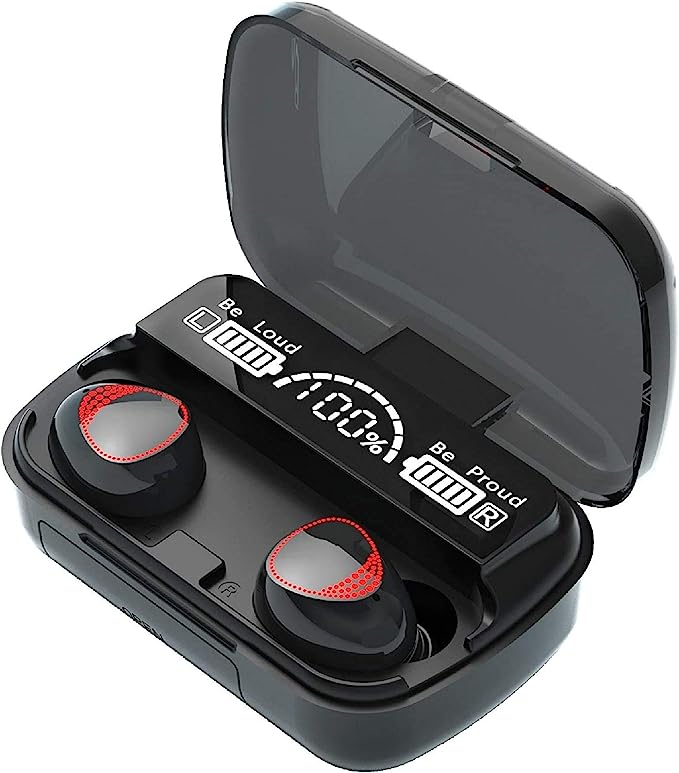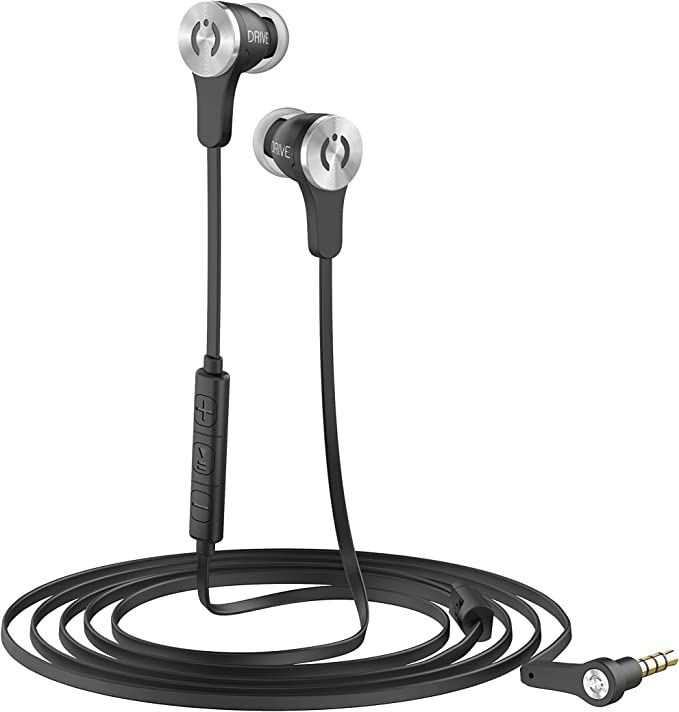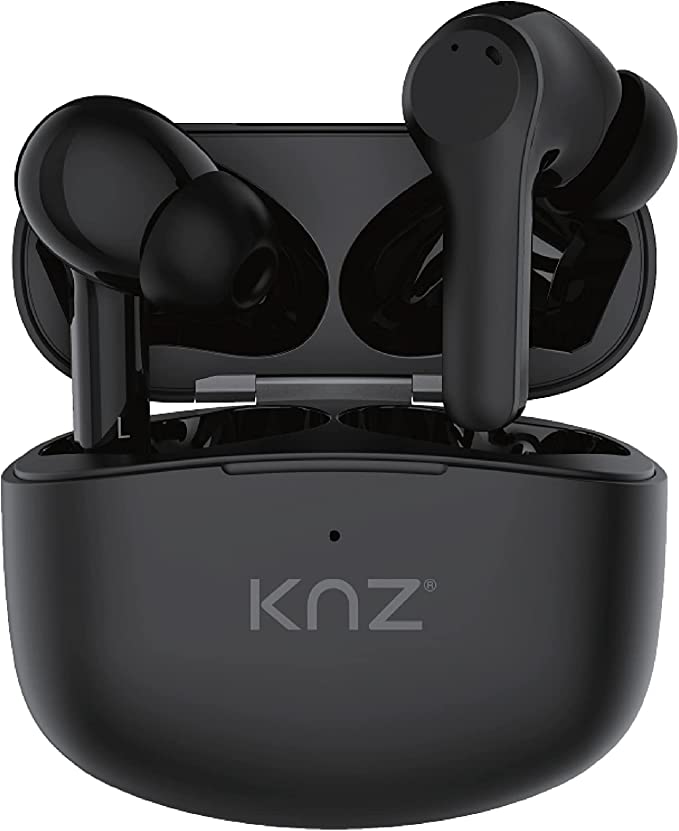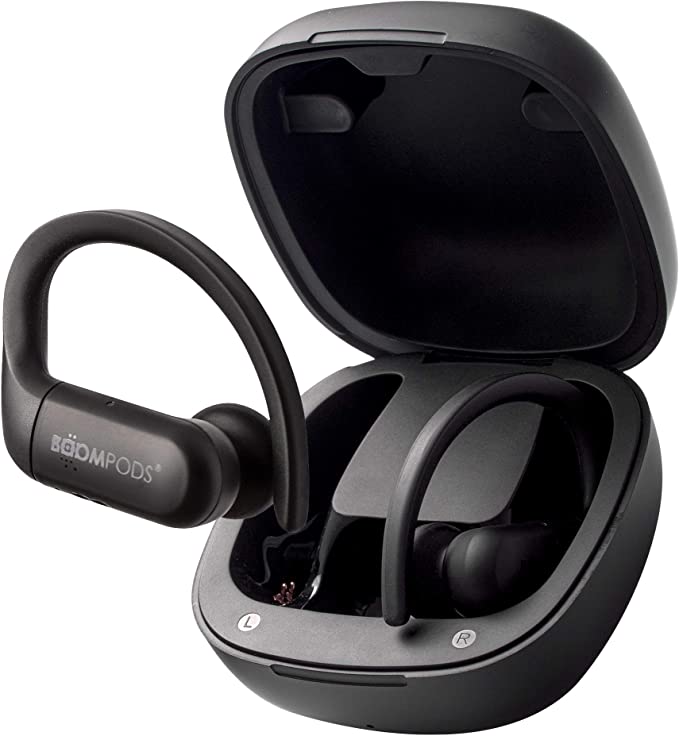Cleer Goal Sport Earbuds: Hear Your Surroundings, Fuel Your Workout
Update on Sept. 22, 2025, 1:30 p.m.
A deep dive into the acoustics of exercise, the problem of the “occlusion effect,” and how engineers are designing earbuds that let you hear your world and your workout.
Imagine you’re out for a run. The beat drops on your favorite track, the soaring synths lifting your spirits and pushing your pace. You’re in the zone, a world of pure audio-fueled motivation. Then, a sharp yell of “Bike!” from behind you barely pierces the sound, forcing a last-second, heart-pounding sidestep. You were so lost in the music, you were deaf to the world.
This is the runner’s paradox. We crave the immersive power of music to drive us forward, yet the very technology that delivers it—traditional, noise-isolating earbuds—can erect a dangerous wall between us and our surroundings. But the problem is often more intimate and annoying than a near-miss with a cyclist. It’s the incessant, maddening thump, thump, thump of your own feet, amplified inside your head with every stride.
This phenomenon has a name: the Occlusion Effect. And understanding it is the key to understanding the next wave of audio technology designed not just for our ears, but for our lives in motion.

Why Your Head Becomes an Echo Chamber
To understand the occlusion effect, try this: plug your ears with your fingers and speak aloud. Your voice sounds deeper, louder, and strangely resonant, as if it’s booming from inside your skull. This is precisely what happens when you run with sealed, in-ear headphones.
Sound reaches our brain through two primary pathways: air conduction (sound waves traveling through the air to our eardrum) and bone conduction (vibrations traveling through our skull). When your ear canal is open, the low-frequency, body-conducted sounds of your own movements—your footsteps, your breathing, even your chewing—largely escape.
But when you seal your ear canal with a silicone tip, you create a closed chamber. Now, those low-frequency vibrations traveling up your skeleton have nowhere to go. They become trapped, resonating in the small space between the earbud and your eardrum. It’s a phenomenon acousticians compare to Helmholtz resonance—the same principle that makes a sound when you blow across the top of a bottle. Your ear canal becomes the bottle, and your footfalls become the breath, creating an inescapable, low-frequency drone that can muddy your music and drive you mad.

Opening a Window for Sound
For years, the engineering answer to this problem has seemed simple: unseal the ear. This led to the rise of “open-ear” earbuds, which rest outside the ear canal instead of plugging it. The design is immediately effective at eliminating the occlusion effect. With no seal, the booming footstep vibrations can escape, and crucial ambient sounds—like that approaching bicycle—can get in.
Problem solved? Not quite. In fixing one problem, engineers created another: the great bass escape.
Sound is physics, and physics is unforgiving. Low-frequency sound waves (bass) are long and powerful, while high-frequency waves (treble) are short and directional. When you don’t have a sealed chamber, the long bass waves tend to diffract—they literally bend around your ear and dissipate into the open air before they can be fully perceived. The shorter treble waves, however, hit their mark more easily. The result is often a thin, tinny sound, devoid of the rich, motivating bass that many athletes crave. The window that let the bad sound out also let the good sound escape.
The Counter-Attack: Engineering a Richer Sound
So, the new challenge became: how do you deliver powerful bass without a seal? If you can’t trap the sound, you have to overpower the leakage. This is where mechanical engineering comes into play, and a product like the Cleer Goal Sport earbuds serves as a perfect case study.
The solution lies in the driver—the miniature speaker inside every earbud. A dynamic driver creates sound by using an electromagnet to vibrate a diaphragm. The larger the diaphragm, the more air it can move with each vibration. Think of it as the difference between a small snare drum and a massive bass drum. Both produce sound, but only the large surface of the bass drum can move enough air to create that deep, resonant boom you can feel in your chest.
While typical earbuds might use drivers between 6mm and 10mm, the Cleer Goal earbuds employ massive 14mm dynamic drivers. This isn’t just a numbers game; it’s a brute-force acoustic solution. The oversized diaphragm acts like a powerful piston, pushing a much larger volume of air. This generates significantly stronger low-frequency waves to begin with, directly compensating for the bass that is inevitably lost to diffraction in the open-ear design. It’s a way of saying, “We know some of this sound will escape, so we’re going to make so much of it that what’s left is still powerful.”

Beyond Sound: The Battle Against Gravity and Motion
Of course, an earbud that sounds great but falls out mid-sprint is a failure. An open-ear design presents a unique ergonomic challenge because it can’t rely on the friction of a deep seal to stay in place. The solution must come from a smarter understanding of the ear itself.
The human ear is not a simple hole; its outer structure, the pinna, is a complex landscape of ridges and valleys. Designs like Cleer’s “Floating Freebit C-skirt” are a brilliant example of biomechanics in action. This soft, C-shaped wing isn’t meant to just press against the ear. With a slight twist, it’s designed to lock into the concha—the main bowl-like cavity of the ear. This creates a mechanical anchor, distributing pressure evenly rather than relying on a single, uncomfortable pressure point. It’s a system that works with your anatomy, not against it, to fight the constant jarring forces of a run.
The Unseen Adversaries: Sweat and Cold
Even with brilliant acoustic and ergonomic solutions, wearable tech faces a constant battle with the elements. User feedback often reveals the hidden limitations dictated by chemistry and physics.
Many sport headphones, for instance, boast an IPX4 rating, which signifies protection against splashing water—perfect for sweat and light rain. However, some users of even well-designed sport earbuds report corrosion on the charging contacts after months of use. This isn’t a simple failure of waterproofing. It’s a lesson in electrochemistry. Sweat is a potent electrolyte, rich in salts. When it bridges the small gap between the positive and negative charging contacts on an earbud, it creates a tiny galvanic cell—a micro-battery. This process can slowly eat away at the metal, a phenomenon known as galvanic corrosion.
Similarly, another user complaint is a drastic drop in battery performance in cold weather. This isn’t a defect, but a fundamental limitation of the Lithium-Polymer batteries inside. At cold temperatures, the electrolyte fluid within the battery becomes more viscous, slowing down the movement of lithium ions between the anode and cathode. This increases the battery’s internal resistance, making it much harder to deliver power and causing the device to shut down, even if it reports having a charge.

Conclusion: The Future is Aware Audio
The journey to create the perfect sport headphone is a masterclass in engineering trade-offs. To defeat the occlusion effect, you must unseal the ear. To compensate for the resulting bass loss, you need larger, more powerful drivers. To keep it all in place, you need clever, anatomically-inspired ergonomics. And through it all, you must fight a relentless battle against sweat and cold.
Products like the Cleer Goal are significant not just for what they do, but for the problem they represent. They are part of a broader shift away from pure audio isolation and towards “aware audio.” This field, which also includes bone conduction technology that bypasses the ear canal entirely, acknowledges a fundamental truth: the best technology doesn’t demand our full attention. It integrates. It enhances our experience of an activity without compromising our connection to the world around us.
The runner’s paradox—the desire for both immersion and awareness—is slowly being solved, not with a single magic bullet, but through a deep, iterative understanding of acoustics, ergonomics, and the unyielding laws of science. The future of audio isn’t just about what we can hear; it’s about how we can listen.
